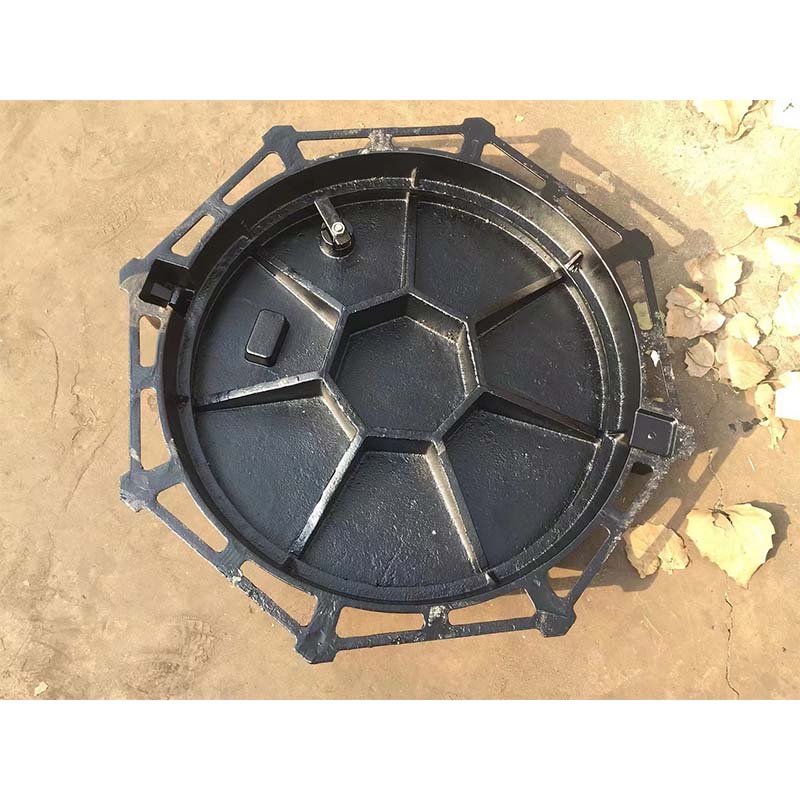A Guide to Recognizing and Addressing Dangerous Manhole Cover Issues
The Unseen Dangers of Cracked Manhole Covers
In the bustling world of urban life, there are innumerable elements that contribute to the daily rhythm of city living. One of those often-overlooked components is the manhole cover. A seemingly innocuous object, it lies flush with the pavement; unnoticed by pedestrians rushing to their destinations. However, when a manhole cover is cracked, it transforms from a mundane city fixture into a significant safety hazard.
Understanding the Structure
Manhole covers serve a vital role in urban infrastructure. They provide access to underground utilities such as sewage systems, storm drains, and telecommunications. Typically made from cast iron, these covers are designed to withstand significant weight and traffic. However, exposure to the elements, heavy loads, and the stresses of constant use can lead to deterioration. A cracked manhole cover can result from these factors, posing serious risks to pedestrians, vehicles, and the overall integrity of the surrounding area.
The Hidden Dangers
The dangers of cracked manhole covers extend far beyond the visible defect. For pedestrians, a broken or misaligned cover can create tripping hazards. A fall can lead to serious injuries, especially for the elderly or those with mobility issues. Additionally, the cracks can collect water, creating slippery conditions that can further endanger unwary individuals.
For vehicles, a compromised manhole cover can be disastrous. A driver unaware of a cracked or sunken cover may suffer damage to their tires or suspension systems. In extreme cases, vehicles can become stuck, causing traffic disruptions and endangering other road users. In cities where emergency services rely heavily on rapid transit, such delays can have dangerous consequences.
Economic Implications
cracked manhole cover

The economic impact of cracked manhole covers cannot be understated. Beyond the immediate costs associated with vehicle repairs and medical bills for injured pedestrians, there are broader implications for urban infrastructure. Cities must allocate funds for repairs and replacements, diverting resources from other critical areas. Moreover, frequent accidents or injuries linked to defective infrastructure can lead to litigation, further burdening local government budgets.
Investing in regular maintenance and inspections of manhole covers can ultimately save cities money in the long run. By addressing wear and tear before it leads to significant issues, municipalities can minimize repair costs and enhance public safety.
The Role of Public Awareness
Public awareness plays a crucial role in addressing the problems associated with cracked manhole covers. Citizens can help by reporting defects to local authorities, but education on what to look for is key. Awareness campaigns can inform people about the signs of deteriorating infrastructure and encourage them to focus on their surroundings. Such initiatives foster a sense of community responsibility, prompting residents to engage in discussions about local infrastructure and its maintenance.
Conclusion
Cracked manhole covers may seem like a minor issue in the grand scheme of urban life, but their implications are far-reaching. The safety risks to pedestrians and vehicles, the economic repercussions for municipalities, and the potential for community engagement all underline the importance of addressing this often-ignored aspect of city living.
Just as we pay attention to the more visible aspects of our environment, it is vital to recognize and act on the hidden threats lurking beneath our feet. Advocacy for better oversight and maintenance of manhole covers not only protects individual citizens but also enhances the quality of life in our cities, fostering a safer and more functional urban landscape. The next time you walk down the street, take a moment to appreciate the small but significant details, including the humble manhole cover beneath your feet, for it is an essential part of the urban ecosystem that deserves our vigilance and care.
-
The Smarter Choice for Pedestrian AreasNewsJun.30,2025
-
The Gold Standard in Round Drain CoversNewsJun.30,2025
-
The Gold Standard in Manhole Cover SystemsNewsJun.30,2025
-
Superior Drainage Solutions with Premium Gully GratesNewsJun.30,2025
-
Superior Drainage Solutions for Global InfrastructureNewsJun.30,2025
-
Square Manhole Solutions for Modern InfrastructureNewsJun.30,2025
-
Premium Manhole Covers for Modern InfrastructureNewsJun.30,2025
